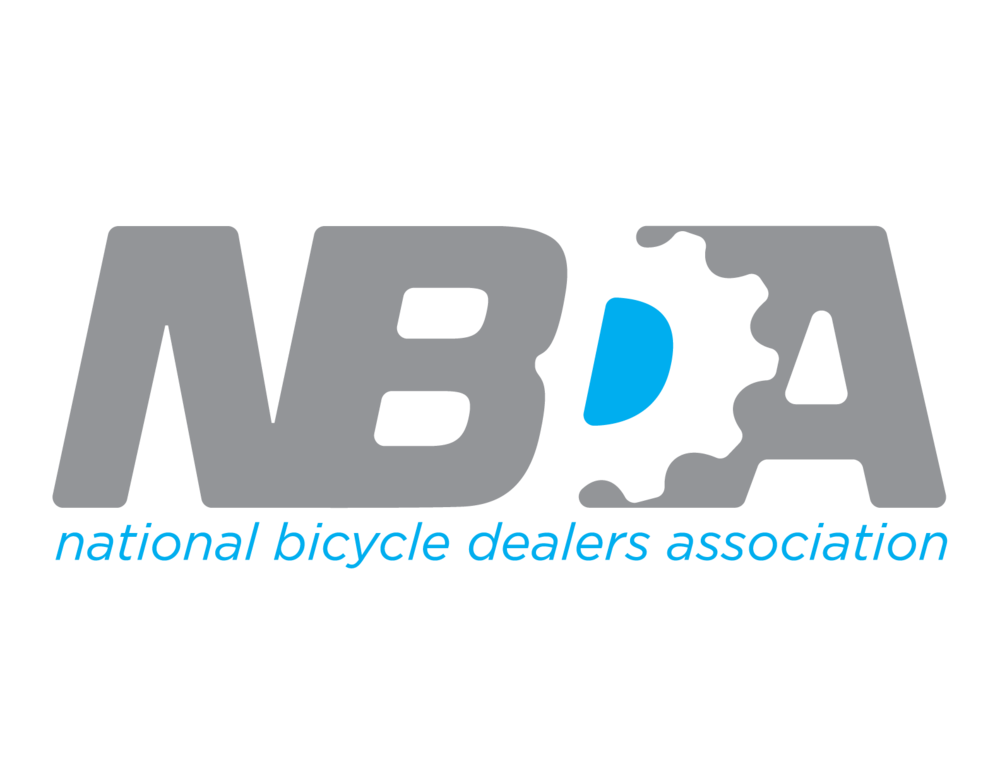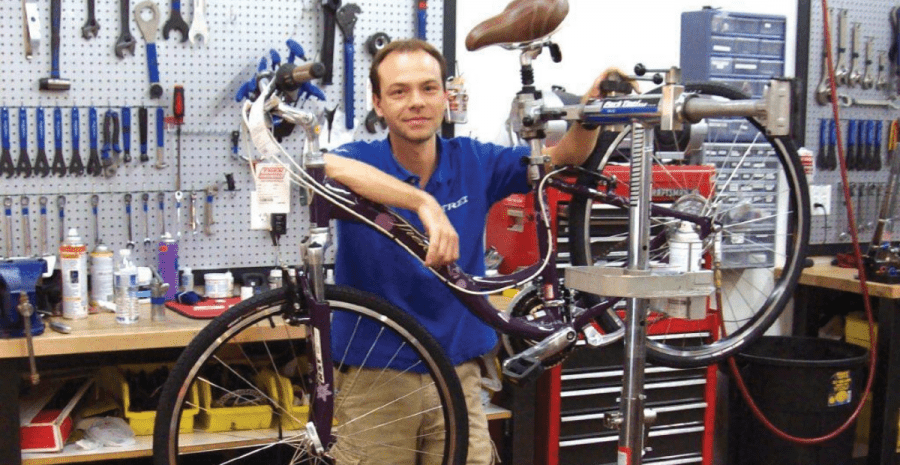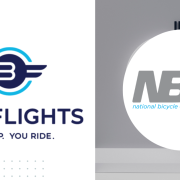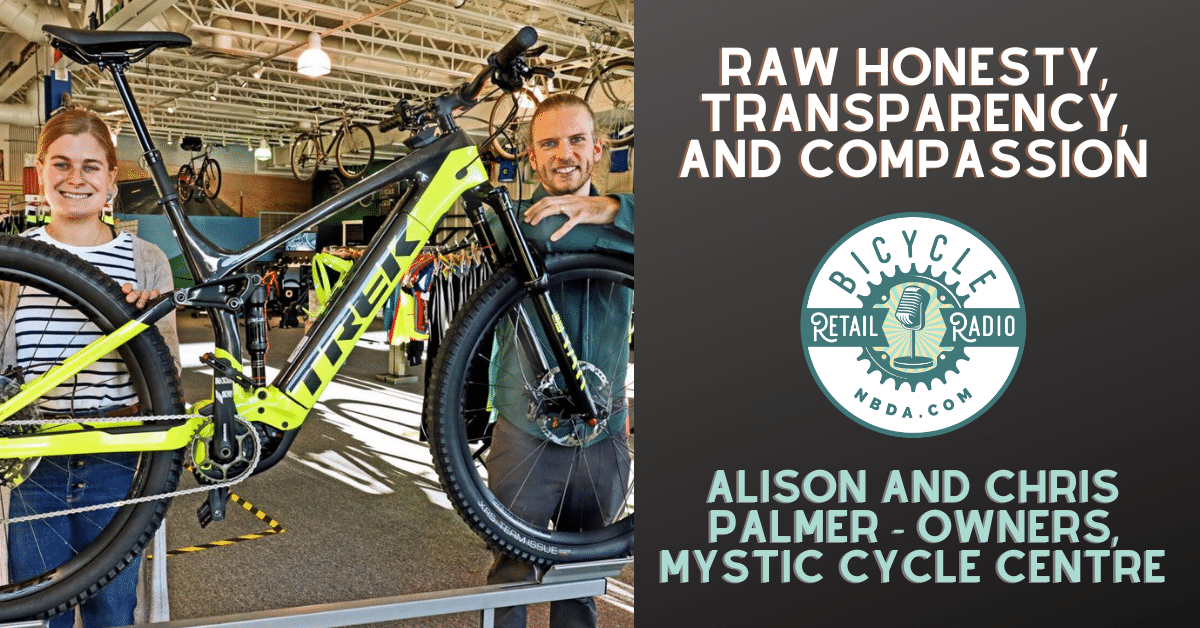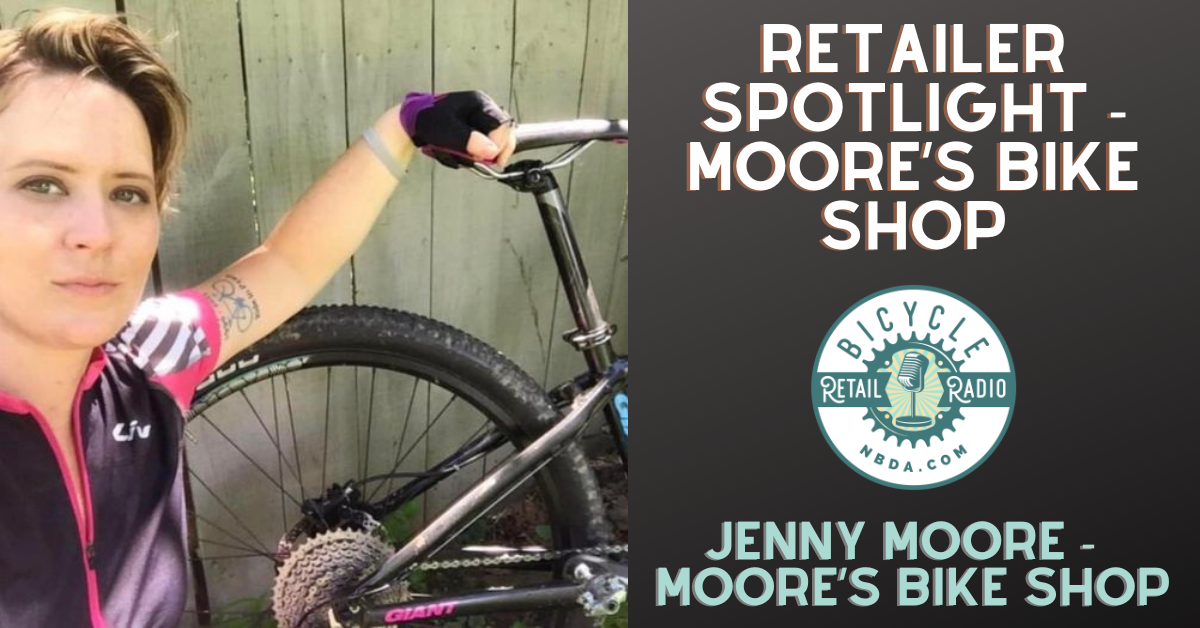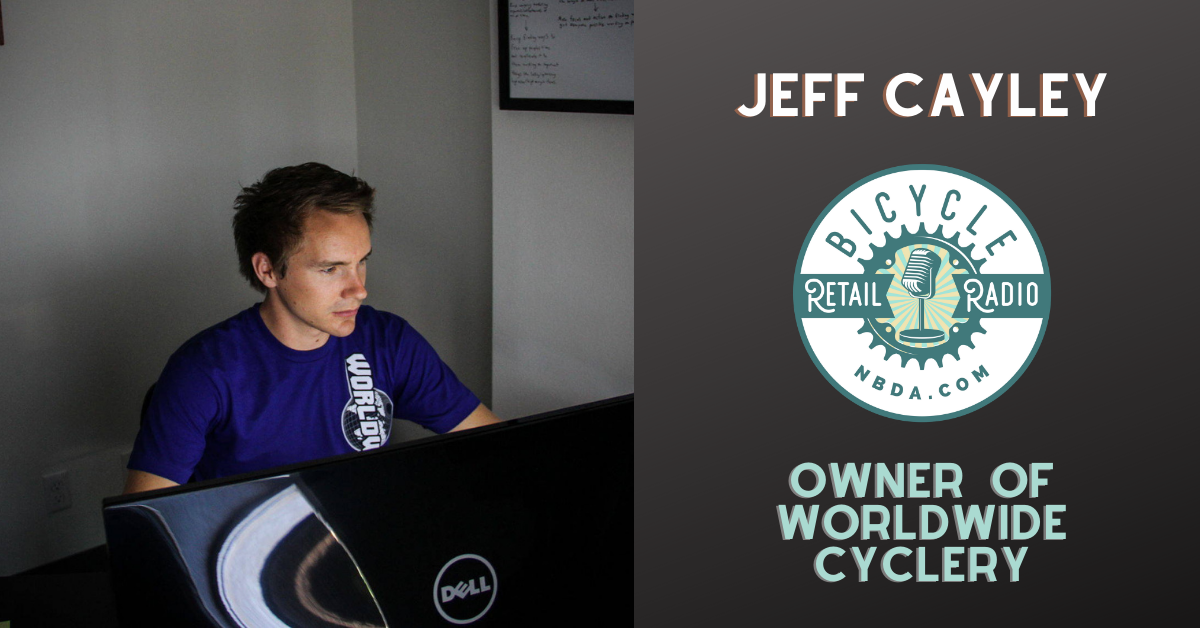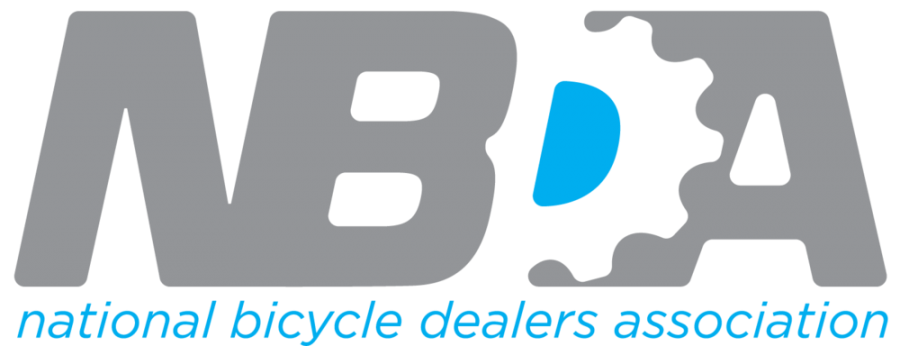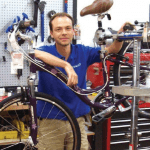Strength Through Adversity: Part 1
The following article is about Strength Through Adversity and is part one of a two-part series of a conversation I had with Joe Du Bois in December 2019. As you read below, I hope you are struck by the attention to detail and adherence to a basic, core business model that has delivered great success for Joe and his business.
Introduction – Strength Through Adversity
When Joe Du Bois, a newly serving board member of the NBDA, and his wife Jane Avery-Du Bois opened their first Trek store in 2006 in South West Florida, they were stepping into a perfect market. So good in fact that Joe states, “people seemed to hate their money.” He meant that people seemed to want to get rid of it, and spending it in his store was good for business. They hit the goal Trek had set for their first year in business in the first five months! My first year’s end, they had more than doubled the initial target. As was the case in many areas of the country, Florida was experiencing a huge financial boom. It made opening a store when and where they did very easy to hit the ground running.
By March of 2008, a second store was opened. Joe and his wife were experienced in bicycle retail, having worked for others for quite some time before opening their store(s), and they knew the business, just perhaps not the back end side of things as well as they could have. They lacked crucial knowledge of inventory management, how cash flow worked, and only what it meant to be the leader of an organization. We all know what happened a few months after Du Bois’s opened their second store. After the 2008 financial crisis that hit areas like Florida very hard, their business saw a 25% drop in sales almost overnight. In the grand scheme of things, their stores were still producing good revenues, but having been lulled by the easy goings-on of the first few years of their business, a 25% drop in revenues had a chilling effect on their cash flow.
The Present – Strength Through Adversity
Fast forward to December 2019 when I spoke with Joe, and their business now includes 9 Trek Stores, and the company is good. The financial crisis of 2008 and the recession that followed were not something that Joe would like to repeat. Still, through some severe self-education and business-first decision making, the Du Bois’s are ready to weather the next storm that may lay on the horizon. Talking with Joe, I developed a great appreciation for his tenacity and skill. Instead of laying down with a perfectly good excuse to fail, they forged ahead and are a much stronger retailer for the experience.
Having guided his business through a challenging time, Joe now runs his business much differently. All retailers, regardless of size, can glean excellent information from some of the essential things Joe uses as tools to stay ahead of the game.
Getting Lean – Strength Through Adversity
When sales dropped, and cash flow dried up, becoming leaner was the first thing that had to happen. Having inventory that is not turning, and must be paid for obviously makes for a tight cash flow situation. Joe realized soon enough that their business was carrying too much high-end inventory. Your store inventory is the biggest thing to analyze when experiencing a cash flow crunch. Even though they may generate high dollars, some categories may be creating negative cash flow if the cost to make those sales outweighs the profits.
An example would be needing a large number of high-end road bikes to support the sales you are getting. The inventory you are carrying for those sales can quickly be eating up any positive cash flow gains. This idea is straightforward on the surface but requires an in-depth dive into your inventory and turns. Many retailers experience this, and it is critical to your success or lack of. Imagine two categories, each producing $100k in sales and each profiting the same 40 percent margin. One of the categories requires close to $60k in inventory to support those sales, which is about one turn while the other requires 15-20k in stock for 3+ turns. The difference in this example makes it clear how inventory affects cash flow. I know which of those categories would be my favorite! This is how Joe and his team got a handle on cash flow, by merely being hyper-vigilant about which categories were performing and which were not. Promote the categories that create positive cash flow and be very wary of those which are a drain. Also crucial to getting lean is to work hard to increase your turns. Joe feels that 3.5-4 turns are the sweet spot, and I would agree. I have had conversations with other retailers and witnessed those who thought they would be putting in jeopardy their sales by not having enough products to satisfy their customers if they were to decrease their inventory to that point. That may be true if you do not do enough category analysis to learn where to put your dollars. Get focused when getting lean, and you will reap the rewards!
Summary
I believe the above paragraph is one of the most critical concepts that bicycle retailers need to understand and try to emulate. When businesses are doing the standard two turns of their inventory, it becomes tough to make adjustments. Should weather, seasons, stock outages, or merely a wrong buying decision be made to keep their cash flow or lack of from becoming a significant issue? Ask anyone who has worked on the supply side what happens when winter hangs on a little longer than usual in the snow belt. The costs are simply too high to ignore your cash flow and inventory situation. More turns allow you to make better decisions, avoid discounting, and not end up losing freight discounts and paying interest on your inventory. Additionally, having those turns be focused on the categories where you can make more of them quickly, by pushing and promoting sales in those particular categories, will naturally lead you to do business in the most profitable categories.
Part two of this series can be found here
Words by David DeKeyser
 David DeKeyser and his wife Rebecca Cleveland owned and operated The Bike Hub in De Pere, Wisconsin, for nearly 18 years. In 2018, they sold the business and real estate to another retailer based in a nearby community. David now writes the Positive Spin series on Bicycle Retailer and Industry News and he writes articles for the NBDA’s blog, Outspokin’. David also provides business consulting through the NBDA’s P2 Consult Program.
David DeKeyser and his wife Rebecca Cleveland owned and operated The Bike Hub in De Pere, Wisconsin, for nearly 18 years. In 2018, they sold the business and real estate to another retailer based in a nearby community. David now writes the Positive Spin series on Bicycle Retailer and Industry News and he writes articles for the NBDA’s blog, Outspokin’. David also provides business consulting through the NBDA’s P2 Consult Program.
 The NBDA has been here since 1946, representing and empowering specialty bicycle dealers in the United States through education, communications, research, advocacy, member discount programs, and promotional opportunities. As shops are facing never-before-seen circumstances, these resources offer a lifeline. Together, we will weather this. We at the NBDA will not waver in our commitment to serving our members even during this challenging time—but we need your support.
The NBDA has been here since 1946, representing and empowering specialty bicycle dealers in the United States through education, communications, research, advocacy, member discount programs, and promotional opportunities. As shops are facing never-before-seen circumstances, these resources offer a lifeline. Together, we will weather this. We at the NBDA will not waver in our commitment to serving our members even during this challenging time—but we need your support.
Now is the time to become a member as we join together to make one another stronger. Whether you’re a retailer or an industry partner, your membership in the NBDA is one of the best investments you’ll make this year.
Learn more about the benefits of being a member and join now.
